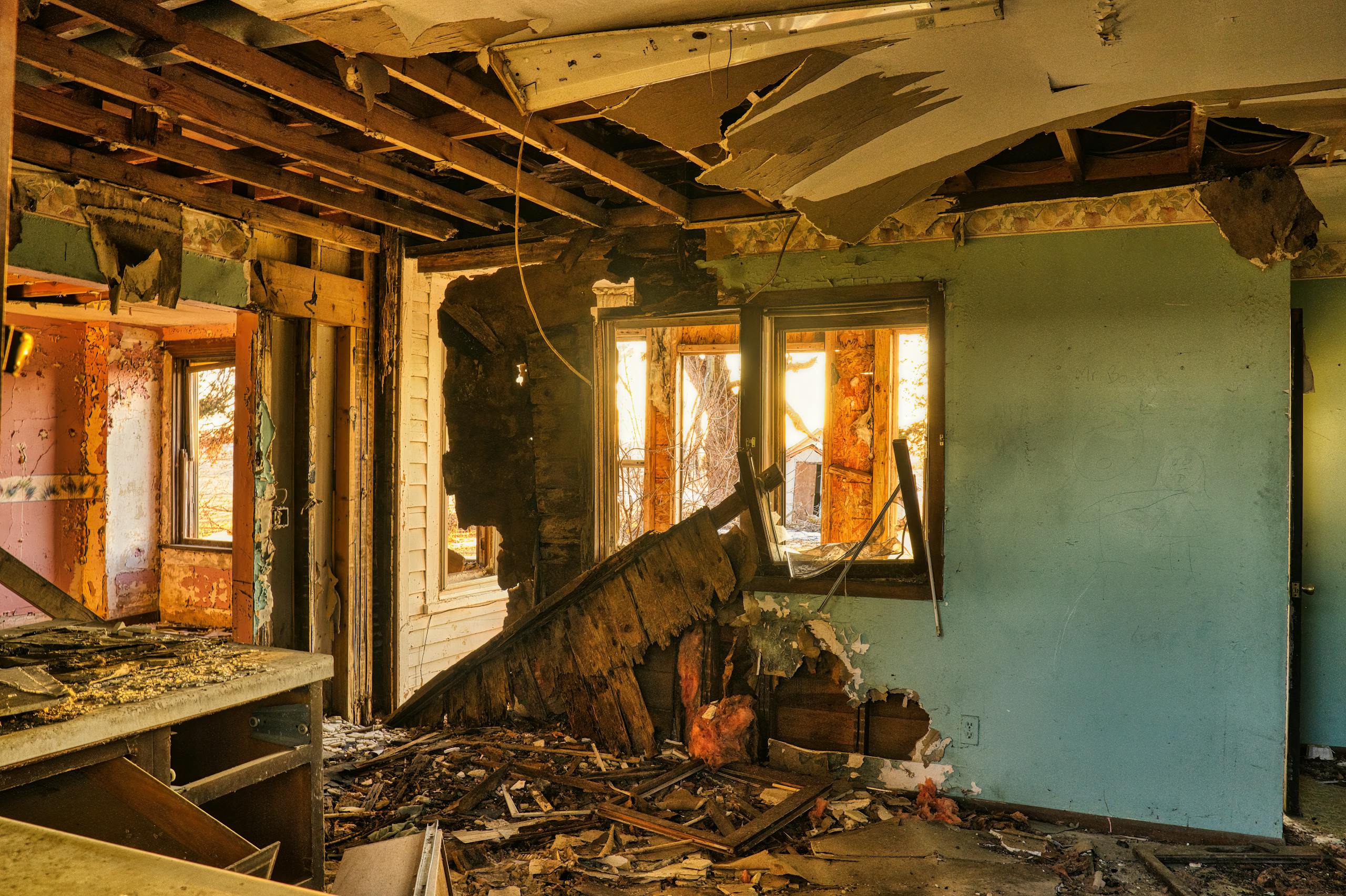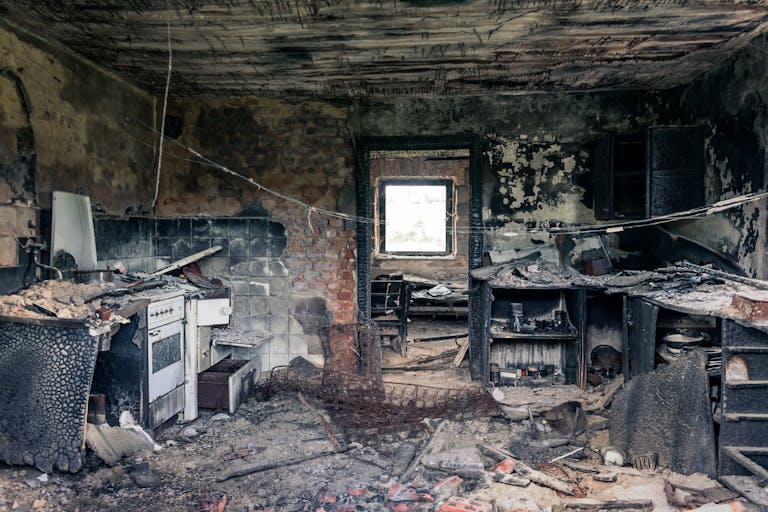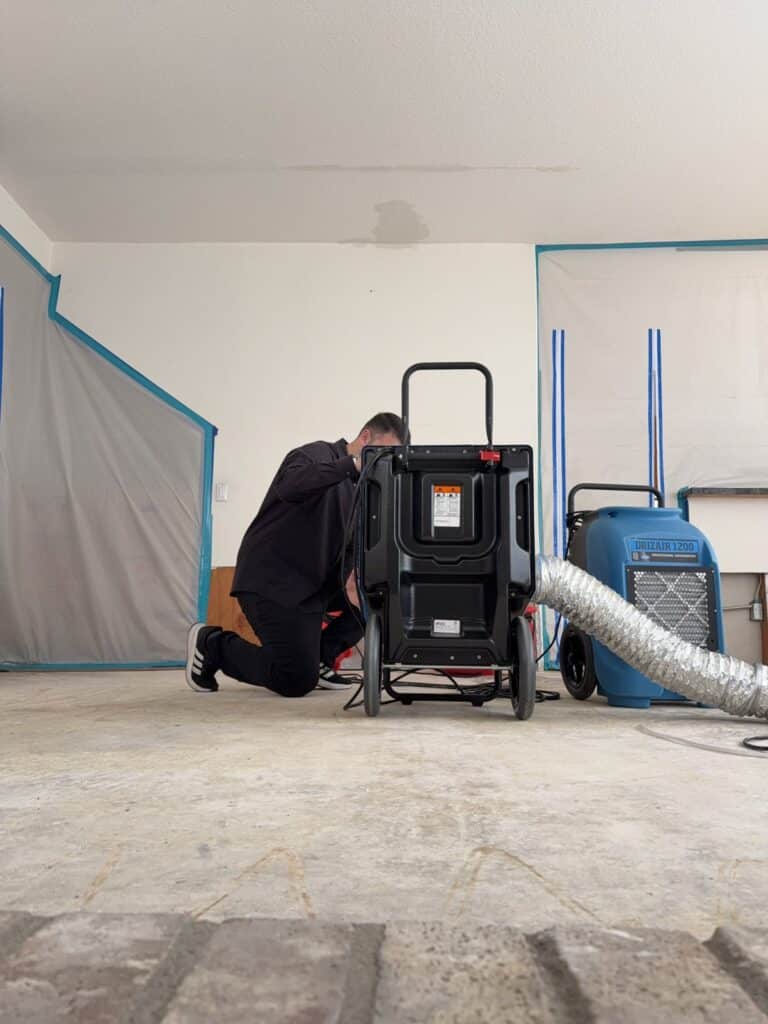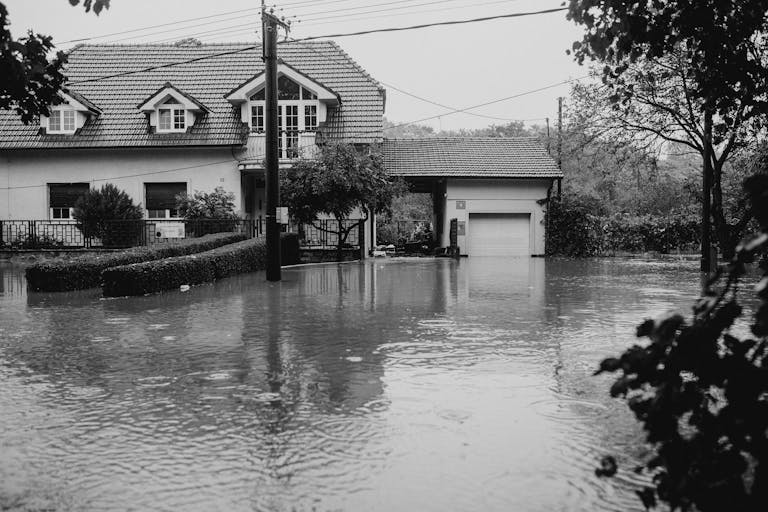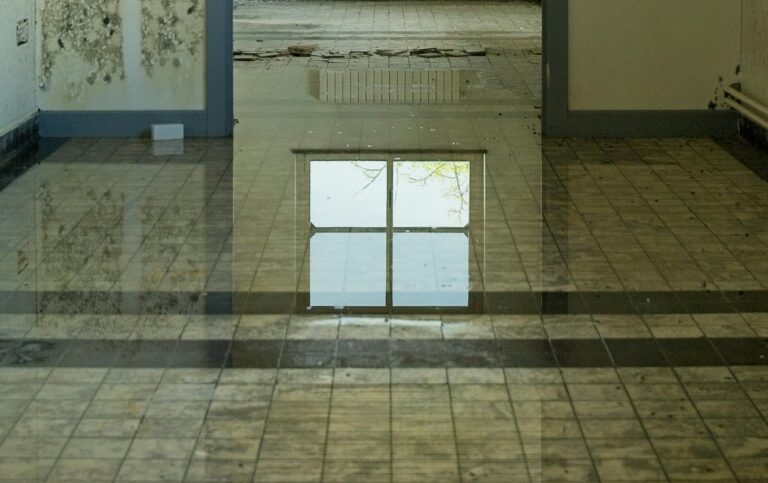Top Techniques for Effective Water Damage Restoration
Water damage restoration is both an art and a science, requiring immediate action, specialized knowledge, and proven techniques to minimize property damage and prevent secondary issues like mold growth. As an IICRC Master Restorer with years of experience in water damage claims, I’ve witnessed firsthand how proper restoration techniques can mean the difference between a successful recovery and a costly nightmare.
Understanding the Critical Nature of Water Damage
Water damage is one of the most common and devastating forms of property damage. Whether caused by burst pipes, flooding, roof leaks, or appliance failures, water can quickly penetrate building materials, compromise structural integrity, and create conditions favorable for mold growth. The key to successful restoration lies in understanding that time is your greatest enemy – every minute of delay increases the potential for permanent damage and escalating costs.
The Science Behind Effective Water Extraction
Primary Water Removal
The foundation of any successful water damage restoration begins with rapid and thorough water extraction. Modern restoration professionals employ a multi-faceted approach using specialized equipment designed for different scenarios:
Truck-mounted extraction units provide the most powerful suction capabilities, essential for large-scale flooding situations. These units can extract hundreds of gallons per minute, making them invaluable for commercial properties or extensive residential damage.
Portable extractors offer flexibility for smaller areas and upper-floor applications where truck-mounted units cannot reach. These units are particularly effective for spot cleaning and detailed extraction work around furniture and fixtures.
Submersible pumps become necessary when dealing with significant standing water, particularly in basements or crawl spaces. These pumps can handle debris-laden water that would clog traditional extraction equipment.
Advanced Moisture Detection
Effective restoration requires more than removing visible water. Hidden moisture trapped within walls, subfloors, and structural cavities can cause ongoing damage long after the initial incident. Professional grade moisture detection equipment includes:
Infrared cameras reveal temperature variations that indicate moisture presence behind walls and in ceiling cavities. This non-invasive technology allows restorers to identify problem areas without unnecessary demolition.
Moisture meters provide precise readings of moisture content in various materials, establishing baseline measurements and tracking drying progress throughout the restoration process.
Hygrometers monitor ambient humidity levels, ensuring that environmental conditions support effective drying and prevent secondary moisture issues.
Structural Drying: The Foundation of Restoration
Creating Optimal Drying Conditions
Successful structural drying depends on controlling four critical factors: temperature, humidity, air circulation, and time. Professional restoration creates an environment where these elements work in harmony to remove moisture efficiently without causing additional damage.
Temperature control accelerates the evaporation process. Warmer air holds more moisture, increasing the rate at which water transitions from liquid to vapor. However, excessive heat can damage sensitive materials and create uncomfortable conditions for occupants.
Humidity management ensures that moisture-laden air is continuously removed from the environment. Dehumidifiers work in conjunction with air movers to maintain optimal relative humidity levels between 30-50%.
Air circulation promotes evaporation by constantly moving air across wet surfaces. Strategic placement of air movers creates airflow patterns that maximize drying efficiency while minimizing energy consumption.
Equipment Placement Strategy
The placement of drying equipment requires careful consideration of airflow patterns, structural layout, and safety concerns. Professional restorers develop detailed equipment placement plans that optimize drying efficiency while maintaining safe working conditions.
Air movers should be positioned to create a continuous airflow pattern throughout the affected area. This typically involves placing units at 45-degree angles to walls and ensuring adequate spacing between units to prevent air turbulence.
Dehumidifiers work most effectively when placed in central locations with adequate clearance for air intake and discharge. In multi-room scenarios, larger capacity units may be more efficient than multiple smaller units.
Specialty drying equipment such as floor drying systems and wall cavity drying equipment may be necessary for specific situations involving hardwood floors, wall cavities, or other challenging drying scenarios.
Preventing Secondary Damage
Mold Prevention Strategies
Mold growth can begin within 24-48 hours of water damage, making prevention a critical component of the restoration process. Effective mold prevention requires controlling moisture levels, maintaining proper air circulation, and applying antimicrobial treatments when appropriate.
Rapid moisture removal remains the most effective mold prevention strategy. By reducing moisture levels below the threshold required for mold growth, restoration professionals can prevent colonization before it begins.
Environmental controls maintain conditions that discourage mold growth throughout the restoration process. This includes monitoring temperature and humidity levels and adjusting equipment as needed to maintain optimal conditions.
Antimicrobial applications may be necessary in situations where materials have been contaminated with category 2 or 3 water, or where conditions have been favorable for microbial growth.
Protecting Unaffected Areas
Water damage restoration often involves protecting areas that were not directly affected by the initial incident. This requires establishing containment barriers, controlling airborne moisture, and preventing cross-contamination.
Physical barriers such as plastic sheeting and tape create separation between affected and unaffected areas, preventing moisture migration and airborne contaminants from spreading.
Negative air pressure systems ensure that air flows from clean areas toward contaminated areas, preventing the spread of moisture and contaminants to unaffected portions of the building.
HEPA filtration removes airborne particles and contaminants, maintaining air quality throughout the restoration process.
Material-Specific Restoration Techniques
Carpet and Upholstery
Carpet and upholstery require specialized techniques that consider both the face fibers and backing materials. The decision to restore or replace depends on factors including water category, degree of saturation, and the potential for successful cleaning.
Carpet restoration typically involves extraction, cleaning, and controlled drying. Specialty equipment such as carpet dryers and weighted extraction tools help restore carpets to pre-loss condition when restoration is feasible.
Upholstery restoration requires careful assessment of fabric types, construction methods, and contamination levels. Professional cleaning followed by controlled drying often produces excellent results for quality furniture pieces.
Hardwood Flooring
Hardwood flooring presents unique challenges due to its tendency to absorb moisture and the potential for cupping, crowning, and other dimensional changes. Successful restoration depends on rapid intervention and specialized drying techniques.
Moisture assessment determines the extent of moisture penetration and helps establish realistic expectations for restoration success. Surface moisture readings combined with deep moisture detection provide a complete picture of the situation.
Controlled drying prevents rapid moisture loss that can cause cracking and splitting. Gradual moisture removal allows the wood to return to its original dimensions without excessive stress.
Refinishing considerations may be necessary even after successful drying, as water exposure can cause staining and surface irregularities that require professional attention.
Drywall and Insulation
Drywall and insulation materials are particularly vulnerable to water damage and often require partial or complete replacement. The decision-making process involves assessing the extent of damage, contamination levels, and structural integrity.
Drywall assessment considers both visible damage and hidden moisture that may be trapped within wall cavities. Professional moisture detection equipment helps identify all affected areas.
Insulation evaluation focuses on the type of insulation, degree of saturation, and potential for contamination. Wet insulation typically requires replacement, as it rarely dries effectively and may harbor microbial growth.
Quality Control and Documentation
Monitoring and Documentation
Successful water damage restoration requires comprehensive monitoring and documentation throughout the process. This includes daily moisture readings, equipment operation logs, and photographic documentation of progress.
Moisture monitoring tracks drying progress and ensures that restoration goals are being met. Regular readings help identify potential problems early and allow for equipment adjustments as needed.
Equipment logs document equipment operation, maintenance requirements, and any issues that arise during the restoration process. This information is valuable for insurance claims and quality control purposes.
Progress photography provides visual documentation of the restoration process, demonstrating the extent of damage and the effectiveness of restoration efforts.
Final Inspection and Clearance
The restoration process concludes with comprehensive inspection and clearance procedures that ensure all moisture has been removed and the property is ready for reconstruction or reoccupancy.
Final moisture readings confirm that all materials have returned to acceptable moisture levels. These readings are compared to baseline measurements taken from unaffected areas to ensure consistency.
Air quality testing may be necessary in situations involving contaminated water or potential microbial growth. Professional testing provides objective verification of air quality conditions.
Clearance documentation provides written confirmation that restoration goals have been achieved and the property is ready for the next phase of recovery.
Working with Insurance Claims
Documentation for Insurance Purposes
Proper documentation is essential for successful insurance claims processing. This includes detailed damage assessments, equipment inventories, and progress reports that demonstrate the necessity and effectiveness of restoration efforts.
Initial damage assessment provides the foundation for insurance claims by documenting the extent and severity of damage. Professional assessments include moisture mapping, material evaluation, and restoration recommendations.
Equipment justification explains the necessity for specific equipment and techniques, helping insurance adjusters understand the complexity of professional restoration work.
Progress reporting keeps all stakeholders informed about restoration progress and any issues that arise during the process.
Communication with Adjusters
Effective communication with insurance adjusters helps ensure that claims are processed efficiently and that all necessary work is approved. This requires understanding insurance terminology, coverage limitations, and documentation requirements.
Professional terminology helps establish credibility and ensures clear communication about technical aspects of the restoration process.
Coverage explanations help property owners understand what is covered under their policies and what additional costs they may incur.
Timeline expectations provide realistic projections for completion and help manage expectations throughout the restoration process.
Conclusion
Effective water damage restoration requires a combination of technical expertise, specialized equipment, and proven techniques. Success depends on rapid response, thorough assessment, and systematic execution of restoration procedures designed to minimize damage and prevent secondary issues.
As restoration professionals, our responsibility extends beyond simply removing water and drying materials. We must also protect the health and safety of occupants, preserve property values, and ensure that the restoration process meets industry standards and insurance requirements.
The techniques outlined in this guide represent industry best practices developed through years of experience and continuous education. However, every water damage scenario is unique, requiring careful assessment and customized solutions that address specific challenges and circumstances.
By following these proven techniques and maintaining a commitment to excellence, restoration professionals can deliver results that not only meet but exceed client expectations, ensuring successful recovery from even the most challenging water damage situations.
Nikolay Zubyan is an IICRC Master Restorer and founder of Shield Public Adjusters, specializing in water damage claims and restoration. With extensive experience in both the technical and insurance aspects of water damage restoration, he has helped countless property owners navigate the complex process of recovery from water damage incidents.

